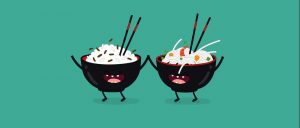
The debate about “eating rice is better or eating wheaten flour is better” has never stopped: eating wheaten flour food is easier to gain weight than eating rice, rice is not as nutritious as wheaten flour, and rice rises blood sugar faster…
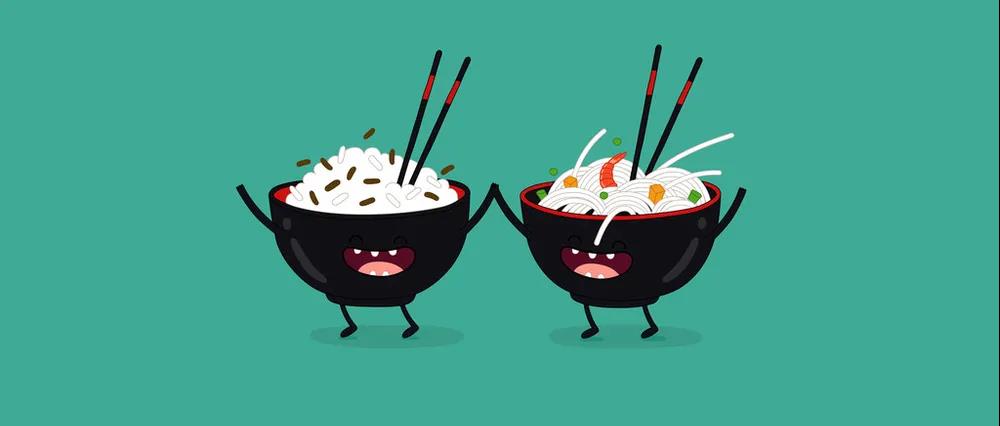
5 dimensions to compare rice and wheaten flour food
Although both rice and noodles are carbohydrates, they have their own nutritional value. The following compares the difference between rice and wheaten flour food from 5 aspects.
nutrition
The main components of refined rice and wheaten flour food are carbohydrates, and they all contain protein, multiple vitamins and minerals.
Under the same weight, the protein and B vitamin content of white flour is slightly higher. However, from the perspective of dietary habit, eating rice may have a more nutritional advantage, because people eat noodles, cakes and other pasta with fewer side dishes, and they often eat rice with a large number of dishes, which makes them more nutritious.
Calories
Simply comparing the calories of rice and white noodles, there is not much difference. The key depends on what they are made into, how much water they contain, and whether they are added with oil or sugar.
Pay attention to oil and sugar content: For example, making flour into scallion pancakes, biscuits, fire, fritters, bread, pastries, etc., requires a lot of oil and some sugar. If there are fillings in the food, oil, fat, etc. are indispensable. Compared with rice, these pasta have higher calories.
Compare moisture content: If you don’t add oil, sugar, stuffing, etc. to the pasta, compare the moisture content. The greater the moisture content, the less the “dry goods” and the lower the calories.
The moisture content of ordinary rice is usually 62%~65%; except for soft noodles, most cooked wheaten food will be lower than this value. For example, the moisture content of steamed buns is about 45%~50%, and the bread is only about 40%. Dry staple foods such as steamed buns and dried pancakes have lower moisture content.
Therefore, with the same dishes, the calories of eating rice or porridge are relatively low.
Glycemic Reaction
High glycemic index is not conducive to the stability of blood sugar, the overall increase in glycemic index of rice and wheat flour is higher. Specifically, under the influence of different processing and cooking methods, their glycemic index is different.
Under the same cooking method, the glycemic index of germ rice (preserving the germ and part of the outer fiber), parboiled rice (steamed in the shell and then dried and refined), and rice with some brown rice added is lower than the glycemic index of white rice .
The ready-to-eat boxed rice prepared in advance has a lower glycemic index than freshly cooked rice.
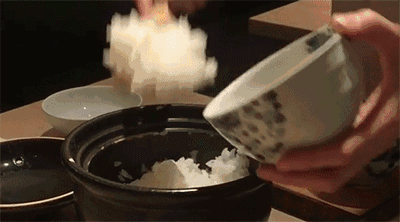
In the comparison of the glycemic index of flour, whole wheat flour <standard flour <refined white flour. The higher the protein content in the flour used for making noodles, the more chewy the taste and the lower the blood sugar response after a meal. For example, the blood sugar response of pasta and macaroni is the lowest, while ordinary dried noodles are lower than steamed bread.
Pasta with fat added has a slower digestion rate and a lower glucose-rising response, but foods high in fat have an adverse effect on the insulin sensitivity of the next meal, so it is not a good choice for weight loss people and diabetics.
Chronic disease risk
For the prevention of chronic diseases, it does not make much sense to only consider the types of staple foods without considering the combination of other foods.
Earlier studies found that adequate intake of protein, vegetables (especially green vegetables), antioxidants, dietary fiber, and elements such as calcium, magnesium, and chromium are beneficial for preventing chronic diseases. The nutrient of the staple food is very limited. Only with meat and vegetable dishes, and reducing the oil and salt in the staple food, with some whole grains, beans and potatoes, is the key to healthy eating of the staple food.
When cooking rice, you can mix half of white rice with half of other grains, or add some diced sweet potatoes, yams, taro, etc.
When making bread, steamed buns, steamed cakes, pancakes and other pasta, you can add about 20% of multigrain flour. If you add more than 20%, the gluten protein will be seriously diluted and the taste of the pasta will deteriorate.
A small amount of miscellaneous soybean flour can be added to the noodles to make the taste smoother. You can also add oat flour, soba flour, corn flour, etc., but the toughness of the noodles is reduced.
Allergy risk
Rice rarely has allergies, and flour has the risk of chronic allergies to gluten. Gluten allergy refers to the allergy to the gluten protein of wheat. The finer and whiter the wheat flour, the stronger the gluten protein, and the less friendly people are to gluten allergies.
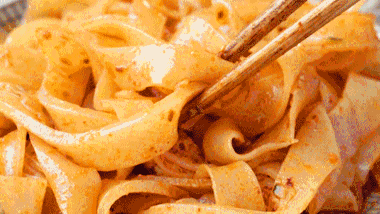
If the staple food is too much and single, it is easy to cause the high incidence of chronic diseases such as diabetes, hypertension, fatty liver, etc. due to lack of vitamins and trace elements and excessive accumulation of fat.
The carbohydrates in the staple food are important nutrients indispensable to the human body, and are of great significance to the formation of body tissues, the maintenance of nerve and heart function, the enhancement of endurance, and the improvement of work efficiency.
The spokesperson of the American Academy of Nutrition, Majorie Nolan Cohen, once publicly stated that staple food is the basis of diet, and low-carbohydrate diet is not scientific and may cause bad breath, diarrhea, fatigue, etc.
Follow up 3 principles to eat staple food healthily
There is no bad or good food.The key to its effect lies in how it is eaten. From the perspective of reasonable intake, the staple food that people consume every day should account for 50% to 65% of the total energy intake. In addition, the following principles should be followed:
Less fine food, more coarse food grain
If rice noodles are processed too finely, a lot of nutrients will be lost, especially dietary fiber, B vitamins and minerals. However, due to the better taste, the staple food of most people is still limited to refined white rice noodles.
The general population should consume 250-400 grams of cereal and potato food every day, of which 50-150 grams of whole grains and miscellaneous beans, and 50-100 grams of potatoes, that is to say, coarse grains should account for about 1/3 of the staple food.
Focus on the ingredients and less on methods
When choosing a staple food, people should think more about what it is made of, and try to make the three main meals rich in ingredients, instead of “eating steamed buns in the morning, noodles at noon, and dumplings at night.” Did not jump out of the circle of cooked wheaten food.
The best staple food should be the unsweetened eight-treasure porridge, rice, mixed beans, etc., which are more nutritious.
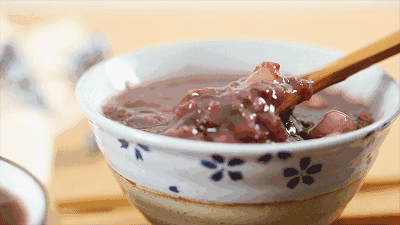
Less staple food and more vegetables
In the past, resources were scarce. In order to ensure energy intake, people often eat a large bowl of rice with just a few pickles, and gradually develop the eating habit of eating large and small bites, which is very unreasonable.
It is recommended to make the dishes bland. With a large bite of dishes with a small bite of rice to eat, the nutritional combination is more reasonable.
Comments